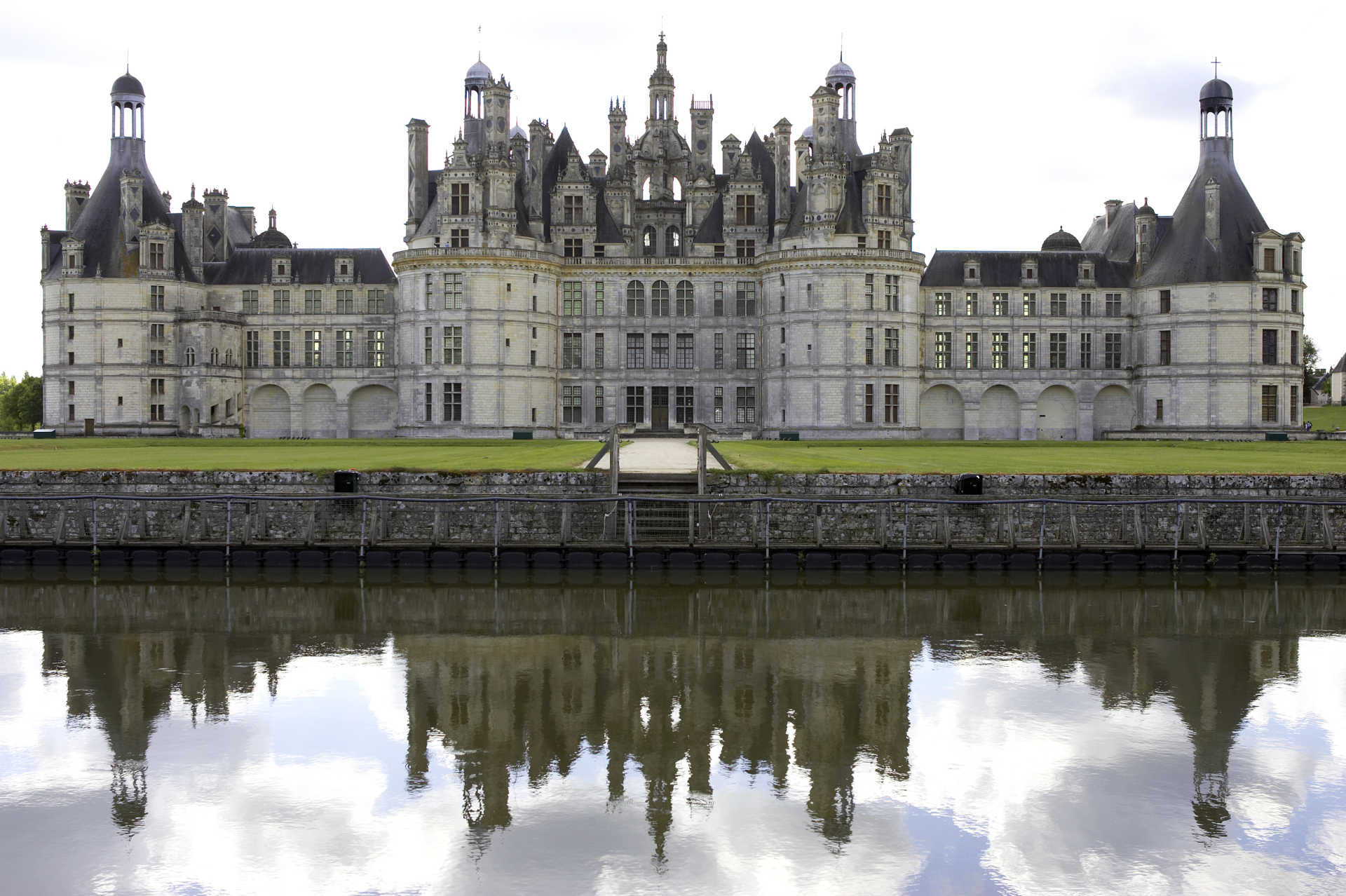Pierre-Luc Bouchaud Pont Caffino Muscadet Sevre et Maine 2020



Product Details
Your Rating
Somm Note
Winemaker Notes
This is the name of parcel of vines that make up the cru Château Thebaud, located where the Sevre and Maine rivers meet. Unlike Le Perd son Pain’s schist soil, granite terrain is the soil for this cuvée, with vines planted just above a ledge overlooking the rivers. While Bouchaud does release a Chateau Thebaud wine in certain vintages, Pont Caffino is released every year. The grapes are hand harvested and undergo a similar vinification to Le Perd Son Pain in an effort to show off its more intense minerality without the dominant yeasty notes that arrive with prolonged aging sur lie. Granite seems to make the aromas pop a bit more than schist, and give it a slightly leaner, higher acid texture. Aromas include green apple and pear pith, along with some stony grip on the finish.


Bouchaud is a firm believer in sustainable viticulture, plowing his soil and using organic composts and only using chemicals when absolutely necessary. The grapes are crushed, the juice is fermented and the wine is aged on its lees in stainless steel tanks until bottling, which normally takes place in the late spring.

Made famous in Muscadet, a gently rolling, Atlantic-dominated countryside on the eastern edge of the Loire, Melon de Bourgogne is actually the most planted grape variety in the Loire Valley. But the best comes from Muscadet Sèvre et Maine, a subzone of Pays Nantais. Somm Secret—The wine called Muscadet may sound suggestive of “muscat,” but Melon de Bourgogne is not related. Its name also suggests origins in Burgundy, which it has, but was continuously outlawed there, like Gamay, during the 16th and 17th centuries.

The Pays Nantais, Loire’s only region abutting the Atlantic coast, is solely focused on the Melon de Bourgogne grape in its handful of subzones: Muscadet-Sèvre et Maine, Muscadet-Coteaux de la Loire and Muscadet-Côtes de Grandlieu. Muscadet wines are dry, crisp, seaside whites made from Melon de Bourgogne and are ideal for the local seafood-focused cuisine. (They are not related to Muscat.) There is a new shift in the region to make these wines with extended lees contact, creating fleshy and more aromatic versions.
